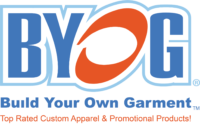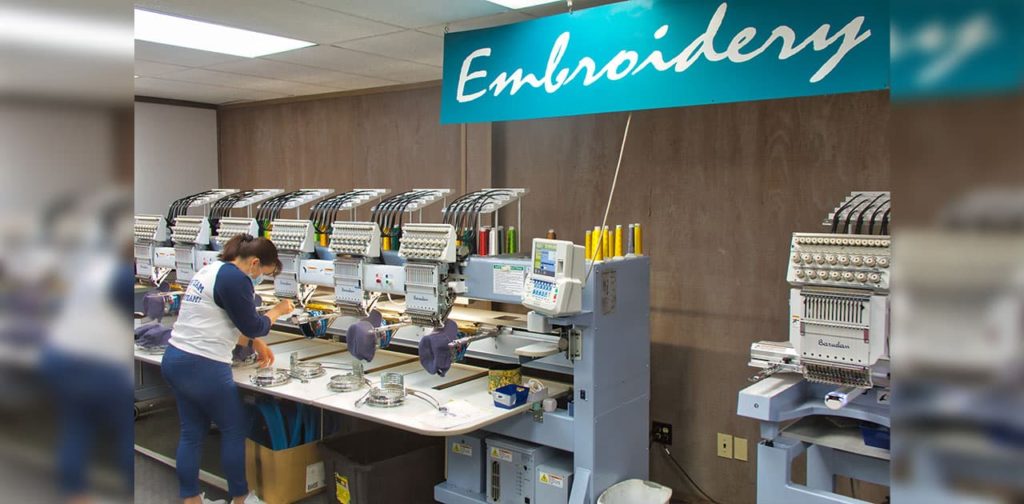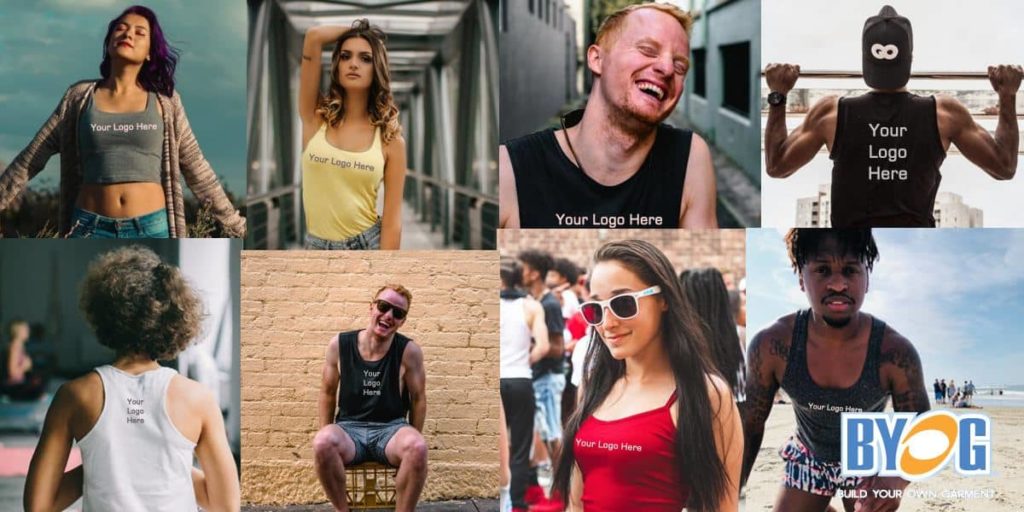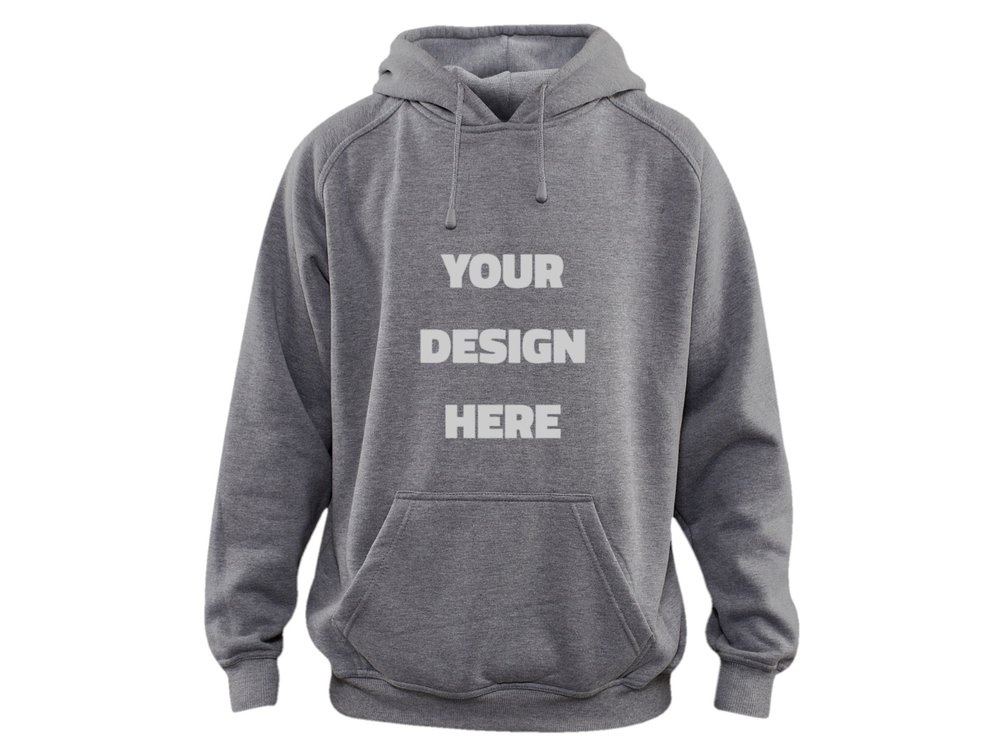The quick answer: Screen printing involves ink pressed into the fabric of shirts, bags, or other garments. Embroidery involves stitches and colored threads sewn into an item, usually logos sewn into shirts, hats, or bags. At the end of the day, it all comes down your final design.
There are a lot of options and providers in northern California and southern California for figuring whether screen printing vs embroidery is the right option for your project. And there are a lot of considerations such as cost, custom graphics (like for people\’s names on jerseys), the kinds of presses used, file formats required, and even rhinestones.
You should choose screen printing for complex graphics and to reduce cost
Screen printing is cheaper because it’s ink literally pressed into the garment. This is most common on shirts, like the kind you might find for a little league team, the San Jose Half Marathon, or a company outing.
A lot of screen printing is done on old presses that apply heat and pressure unevenly. This makes the artwork more likely to fall off in the wash or with wear. Thin shirts, as one example, can also cause the artwork to chip off because there\’s less material for it to hold on to.
Because this process moves quicker than sewing in threads, it\’s cheaper. However, our state-of-the-art production facility includes two 10-head automatic presses, one 6-head manual press, two manual heat presses, and one automated heat press. That means we can get through large workloads quickly — sometimes in as little as a couple of days — and we can screenprint photos and really detailed items where others can\’t or won\’t. And we do it without sacrificing quality.
You should choose embroidery for simple graphics, like logos, and for garments you want to make last like uniforms
Not that screen printing garments won\’t last — we’ve all got that freebie shirt we got one day at work sitting in a drawer we use to mow the lawn in — but embroidery lasts longer.
BYOG operates three 6-head and one single-head state-of-the-art Barudan computerized embroidery machines. Running at about 900 stitches per minute, our production capacity is larger than any of our competitors. Plus, our staff has over 25 years of experience running all sorts of embroidery machine configurations.
Because embroidery relies on threads and commercial-sized sewing machines, the cost is proportional to the time and complexity of the artwork. A black and white logo is less expensive than a full-color one, and the more number of colors, gradients, and fine details required can add up. Our team can help you pick colors for threads and identify any potential problems.
Because of their durability, these are most commonly seen on polo shirts used for uniforms, hats, and bags.
Can you combine screen printing and embroidery?
Not everyone can, but BYOG does! It makes for a neat bit of depth and detail, too. A common scenario might be a hat or backpack with a screen printed background, such as a floral design, with a logo or name embroidered on top.
BYOG also has the unique ability to digitally recreate any design in rhinestones, sort of like tracing, and we can combine it with screen printing and embroidery for a really unique look.
What if I need customized embroidery or printing, like for names?
This is a common situation for teams. Sports teams need uniform jerseys with unique and variable names and numbers on the back. Or companies that need polo shirts with a logo and a person\’s name written underneath.
Whether you need a handful or a large order, we do this with heat transfers for screen printed materials such as jerseys. Embroidery can also be done custom for polos, hats, and other items.
What are the downsides to embroidery?
Aside from an increased cost per item, embroidery adds physical threads, which means increased weight. It\’s not a lot, but it can make add up if a large logo is placed in a corner of a shirt, for instance. You\’d notice and feel that through the shirt. That\’s why a large area of a solid color, or even a large piece of artwork isn\’t ideal, especially on low-quality shirts because they\’ll buckle or \”puck up\” around the embroidery.
Artwork that has gradients or shadows are also really challenging to recreate. A screen can display millions of colors, threads can\’t. We can help you identify suitable artwork or make adjustments, such as removing drop shadows. We\’ve been doing this for a quarter-century and can spot these problems far in advance.
What are the downsides to screen printing?
Screen printing’s only fault is fading and cracking. If you wash an item on the wrong temperature or iron on the wrong side, it can cause a serious problem for the ink.
Screen printed items do have plenty of advantages, beyond just cost. Plastic and glass take to screen printing and pair well in goodie bags (which can also be screen printed) with other like-branded items.
Screen printing also works out better if you have a lot of colors — usually more than 4, not counting black, too.
What is “silk screen printing”? Is that any different?
“Silk screen printing” is just an older term. It\’s the same as screen printing with the same process. The term originated from old silk screens that were used to imprint on a shirt. Today we do this digitally and with better-quality presses.
Ultimately, the difference between embroidery or screen printing is that embroidery is more complex than screen printing in both labor, production, cost, and application.
For your purposes, pick the method that makes the most sense for you: If you want durability and a professional look on a small piece of artwork, choose embroidery. If you have a large piece of artwork or want something a little more affordable, choose screen printing.
Do you have any questions about whether your project should be screen printed or embroidered? We’re here to help! Contact the team of experts at BYOG — we have decades of experience helping people like you bring their ideas to fruition.




